MENONA
A documentary about the Mennonite Colonies in Mexico.
2009-2011

MENONA is a project that documents and observes Mennonite colonies in Mexico. This project seeks to capture Mennonite expression and current cultural changes and to study these images to identify Mennonite art in whatever form it may appear.
Mennonite communities in Mexico face enormous challenges in their encounters with the changing contemporary world. The lack of development in Mennonite regions is grossly disproportionate to other parts of the country. This problem has compounded as the war on drugs has turned many Mennonite communities into conflict zones. As Mennonite refugees migrate to escape violence or economic hardship, the economic power of Mennonite communities shrinks along with their populations. Lives and lifestyles are forcibly changed for both the refugees and those who stay behind.
Against these challenging backdrops, Mennonite children are given a religious education, in contrast to the secular education of other Mexican children. A Mennonite's start in working life outside the community brings its own challenges, as does the miscegenation of Mennonites to other Mexicans.
Mennonite communities are dividing along all of these lines. Simultaneously, however, these circumstances have reunifying effects. They add resolve to the desire to live, and inspire strength to establish new colonies and proliferate their life-ways. This resolve in the face of such enormous changes and challenges speaks to the strength of Mennonite communities as a minority in the Mexican Republic, and reflects the importance of their place in Mexico's broad cultural milieu.
MENONA's documentary looks at all of these situations to portray the lives of new and modern families, whether they are leaving, holding on to, or re-inventing the Mennonite tradition. Because of the tradition's prohibition of artistic practice, this interpretive work could only happen through the eyes of an outsider. “This is part of what motivates me to continue observing and photographing Mennonites in Mexico.”
Mennonite communities in Mexico face enormous challenges in their encounters with the changing contemporary world. The lack of development in Mennonite regions is grossly disproportionate to other parts of the country. This problem has compounded as the war on drugs has turned many Mennonite communities into conflict zones. As Mennonite refugees migrate to escape violence or economic hardship, the economic power of Mennonite communities shrinks along with their populations. Lives and lifestyles are forcibly changed for both the refugees and those who stay behind.
Against these challenging backdrops, Mennonite children are given a religious education, in contrast to the secular education of other Mexican children. A Mennonite's start in working life outside the community brings its own challenges, as does the miscegenation of Mennonites to other Mexicans.
Mennonite communities are dividing along all of these lines. Simultaneously, however, these circumstances have reunifying effects. They add resolve to the desire to live, and inspire strength to establish new colonies and proliferate their life-ways. This resolve in the face of such enormous changes and challenges speaks to the strength of Mennonite communities as a minority in the Mexican Republic, and reflects the importance of their place in Mexico's broad cultural milieu.
MENONA's documentary looks at all of these situations to portray the lives of new and modern families, whether they are leaving, holding on to, or re-inventing the Mennonite tradition. Because of the tradition's prohibition of artistic practice, this interpretive work could only happen through the eyes of an outsider. “This is part of what motivates me to continue observing and photographing Mennonites in Mexico.”






The Mennonite tradition is rooted in a radical wing of the 16th century Protestant Reformation. They took their name from Menno Simons, a Dutch priest who converted to the Anabaptist faith (so named for its re-baptising of adult believers) and helped lead it to prominence. Today there are nearly 1 million Mennonites with churches in Europe, Africa, Asia, North and South America. The Mennonite faith is characterized by its emphasis on issues such as peace, justice, simplicity, community, service and mutual aid.
- David Braun from La Honda is still a friend of the Enciso’s Family. He was the first Mennonite with which the Enciso entered in touch with at the colonies, and it was through him that they open their homes and welcomed the artist fully into their lives.
![]()
- David Braun from La Honda is still a friend of the Enciso’s Family. He was the first Mennonite with which the Enciso entered in touch with at the colonies, and it was through him that they open their homes and welcomed the artist fully into their lives.



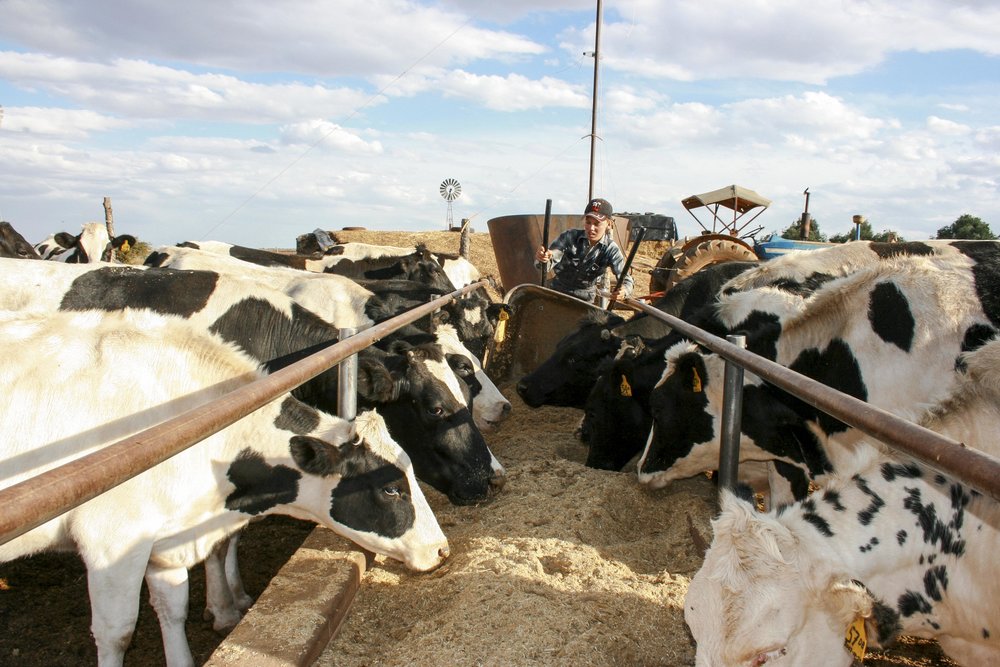



















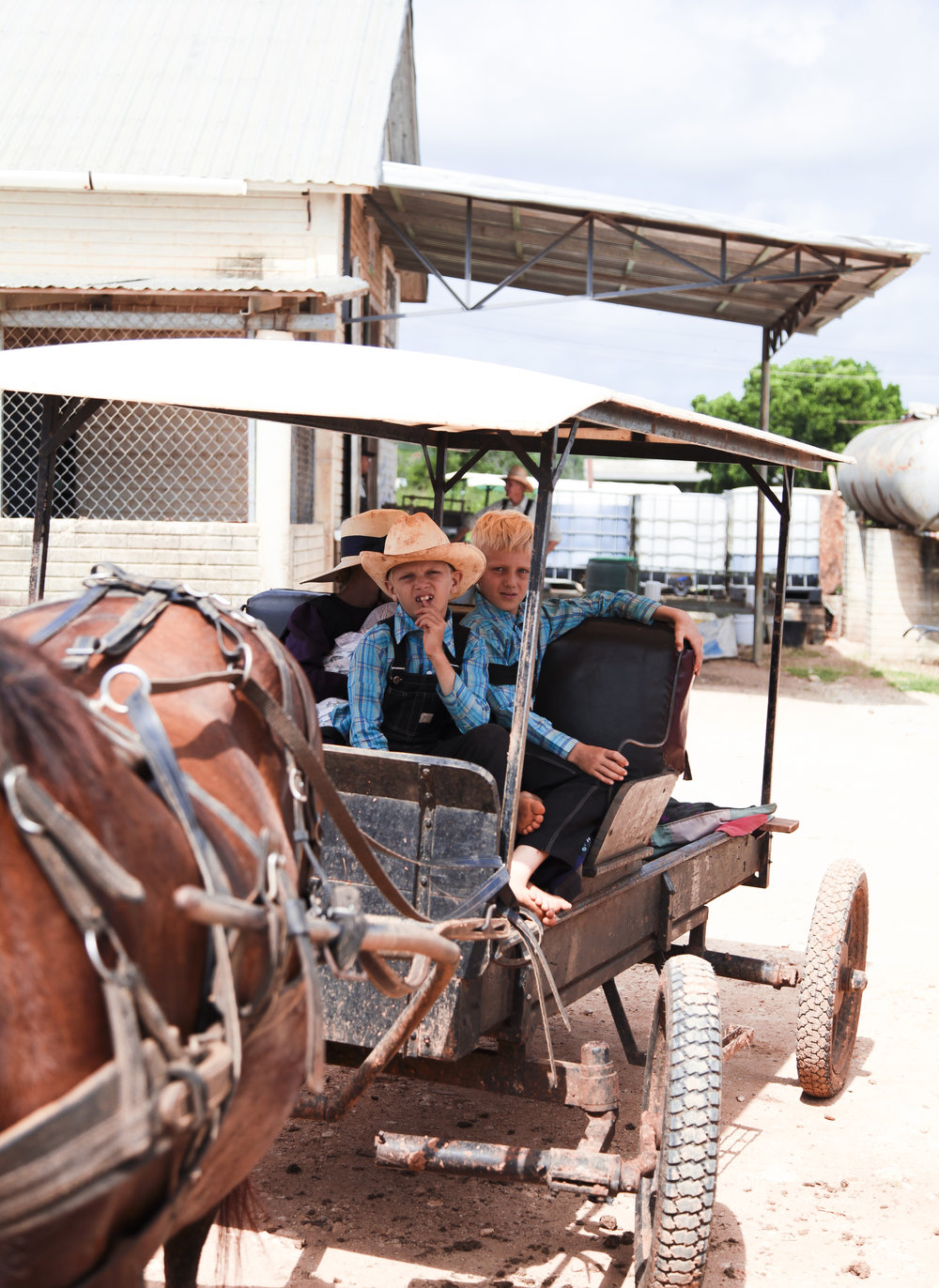





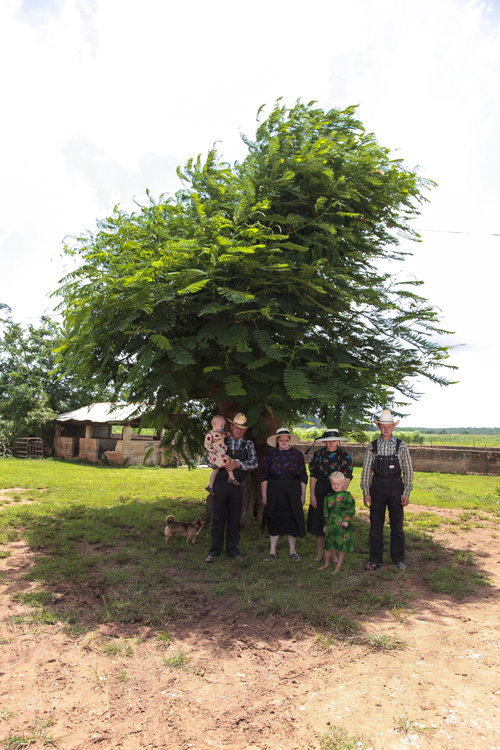








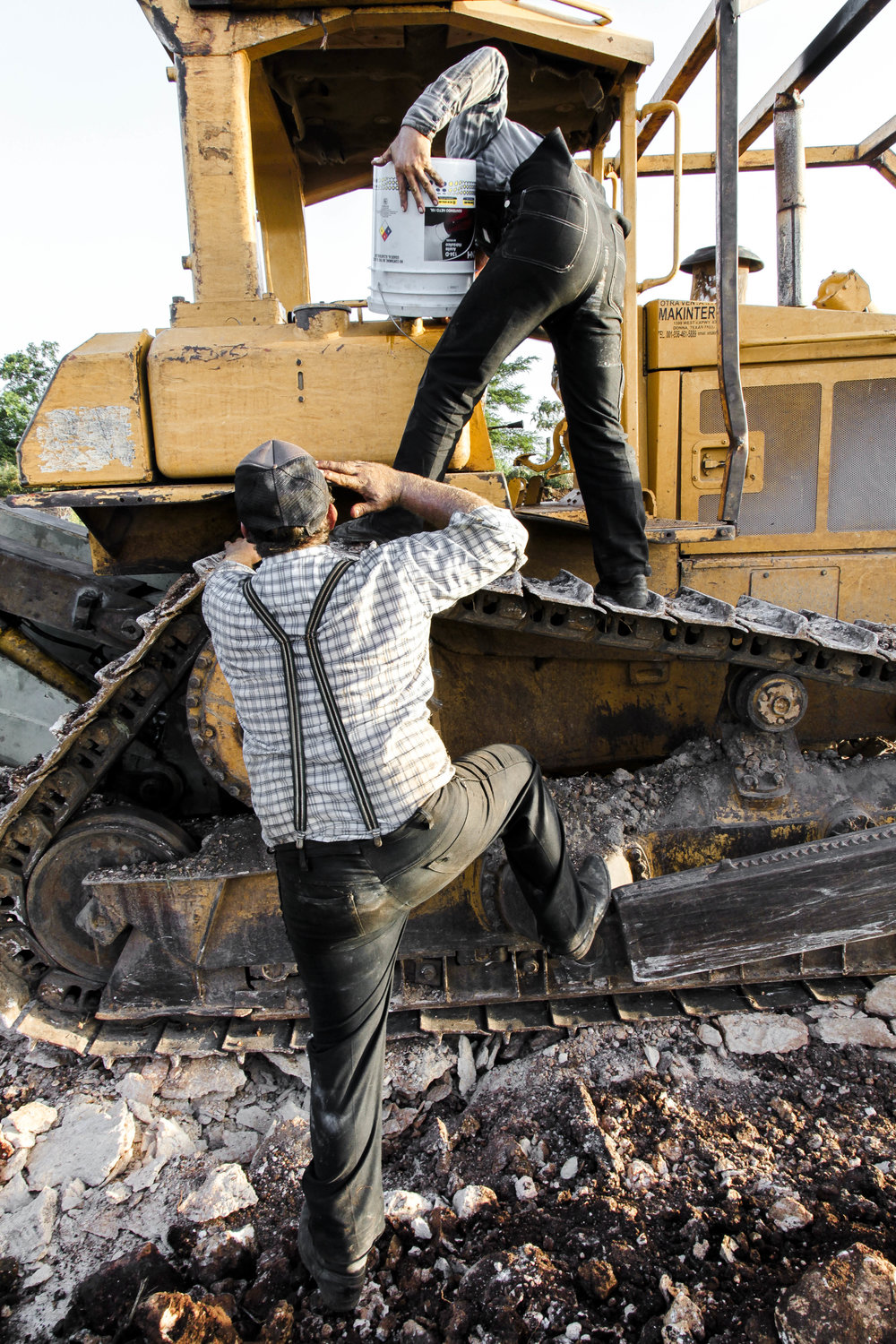





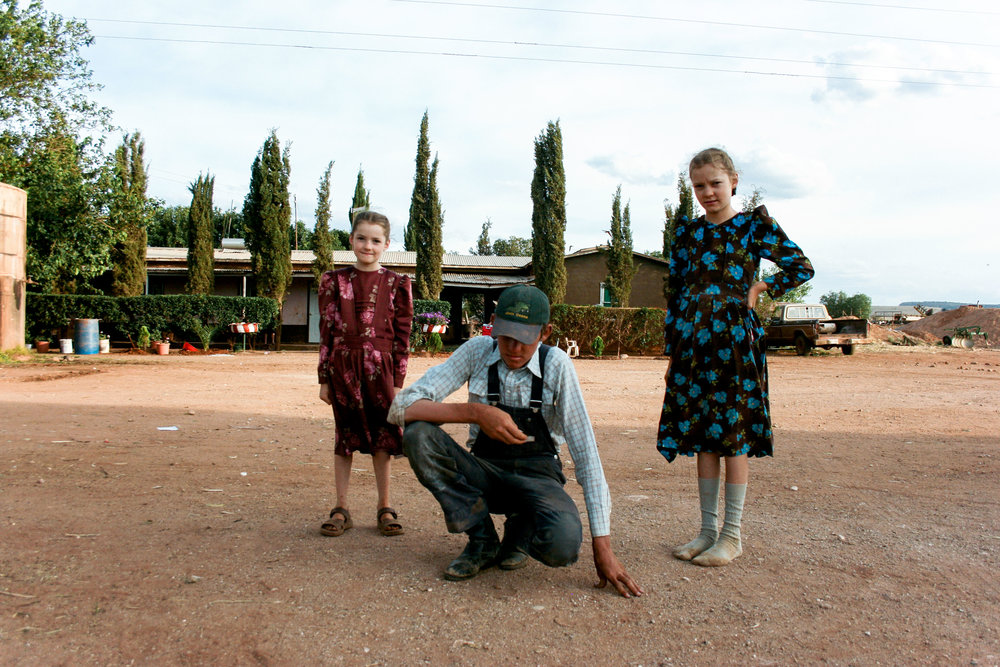




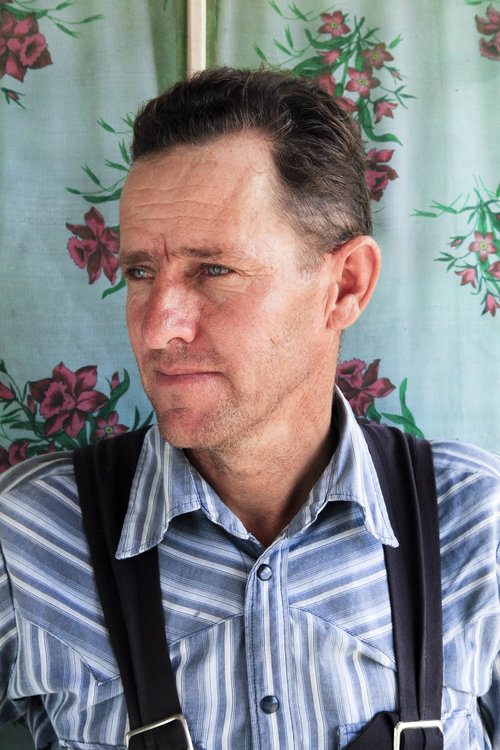



THE MENNONITES AND ART
Artistic expression is an inherent product of the human condition. Though art is typically seen as an act of will, it also appears as a wholly involuntary result of human activity.
Throughout my visits with Mennonite communities I have sought artistic expression, and have hoped to meet an actual artist or artisan. But I have found no one thus far who self-identifies as an artist. This is likely due to the fact that the Mennonite religion prohibits artistic practice. Because the character of artistic practice is self-reflexive and liberating, art and artists exist outside the faith's moral boundaries.
I have, nonetheless, discovered a rich body of Mennonite creativity, design and art. The craftsmanship of the most mundane and practical objects has often inspired me to find their creators, to understand more about what they do and why. In other instances I have observed involuntary formations that could not express greater creativity or beauty if creativity and beauty had been the intent behind their formation.

Enciso invited 2 families of Mennonites to visit the archeological site of Uxmal, as they have never visited even when they lived in less than 50 miles away from the site. In the end only 2 male guys came along and Enciso improvised a photoshoot with them at the archeological site. It was hard to get them in as they were trying to get charged as tourists and not as Mexican Nationals. The Mennonites that came along, where astonished by the beauty of the site and started to wonder and reflect on their own reality and the indigenous peoples reality.












